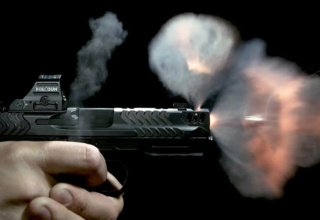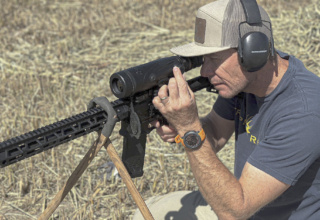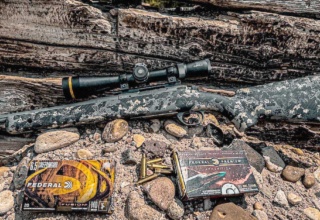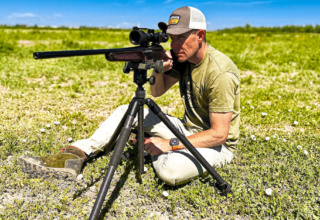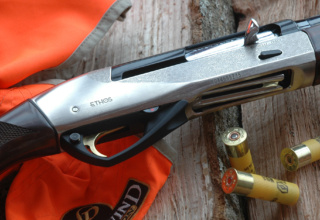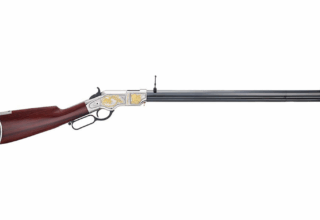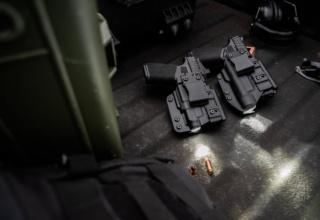Henry’s Homesteader 9mm Carbine is a semi-automatic rifle that is compact, accurate, and offers durability in spades. The gun is a joy to shoot and serves a plethora of purposes.
by Jace Bauserman
I often imagine thundering across the New Mexico landscape on a mighty steed — Billy The Kid on my right — a lever-action shooter tucked into my scabbard.
Now that I’ve embarrassed myself, I should have just penned that I’m a lever-action lover, but it’s more than that. For 20 years, I have slung lead from numerous Henry lever-action models, and I never get tired of it. From Henry’s iron sights to the metal-on-metal clink of the action to wood stock and forearm, I’ve used Henry’s on the range, in the woods, and as a saddle gun.
I knew the rifle didn’t have a lever, and I prepared myself for it, but when I opened the Henry-labeled box, removed the clear wrap, and stared at the rifle, I was a little blown away. The gun looked like a Henry — the long stock and short forearm — the blued barrel and receiver; however, my eyes couldn’t lift from the rounded trigger guard and gas-driven action.
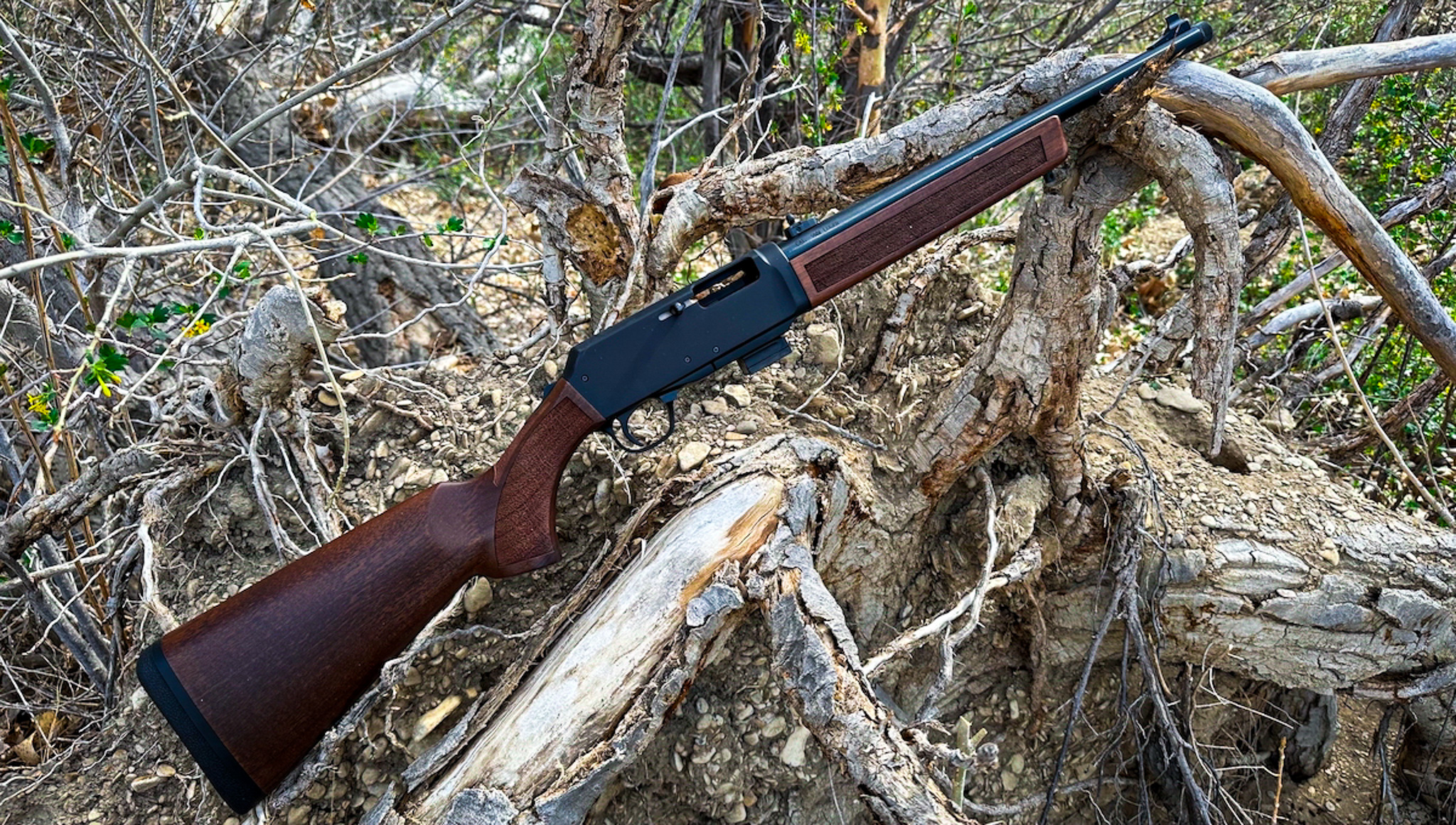
First Impressions
The Homesteader 9mm Carbine is, as Clark Griswold’s dad told him in the blockbuster hit Christmas Vacation, “A beaut.” I loved the American walnut stock and forearm, and though drilled and taped for scope mounting, I was thrilled to see a fixed screw-on-post front sight and an adjustable aperture rear peep sight. I’m an iron-sight lover, and for this test, no glass was going on the Homesteader.
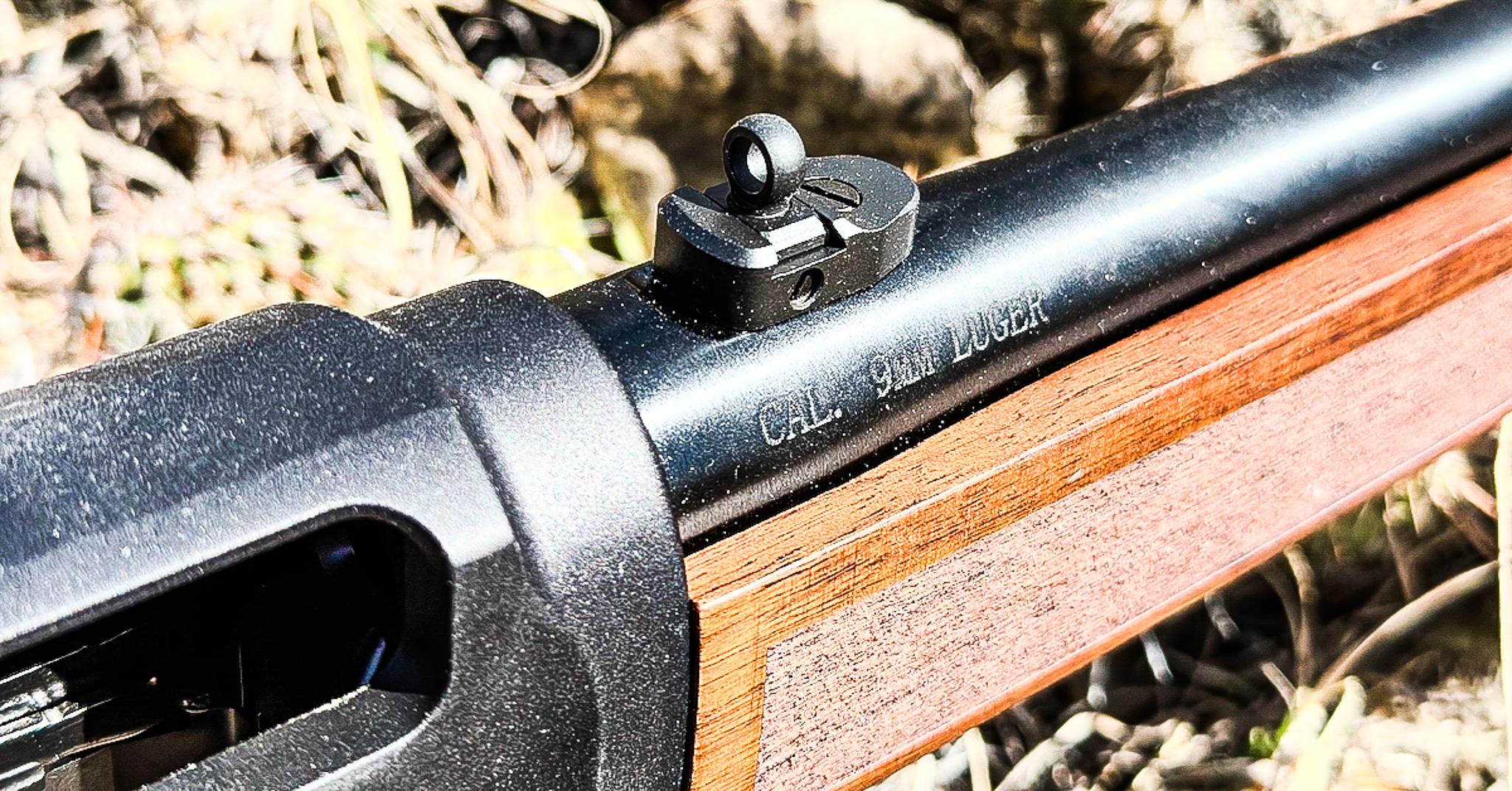
The rifle is compact at 35.75 inches and 6.6 pounds, and the rounded blued steel barrel makes up 16.37 inches of the total length. The length of the pull is 14 inches and is not adjustable, and the butt plate is rubber.
The Homesteader comes with a pair of Henry magazines — a five-round and a 10-round — and, depending on your chosen model, an interchangeable mag well that provides compatibility for Glock, SIG Sauer, and Smith & Wesson M&P magazines comes with the package. This is an excellent addition, and for testing’s sake, I knocked out three pins in the receiver, dropped the standard magazine well, and inserted the interchangeable well. The process is elementary and takes about three seconds.
The Rundown
Before I take a new gun to the range, I spend a day getting familiar with it. The Henry Homesteader shoulders quickly and throws down like a dream. The rifle is super compact, which makes side-to-side swinging and general rifle movement quick and easy.
The second I shouldered the gun, it was apparent Henry created the Homesteader to be a practical off-hand shooter. The gun balances exceptionally well, the forearm is flat and wide, and much of the gun’s mass seems to be in the forearm.
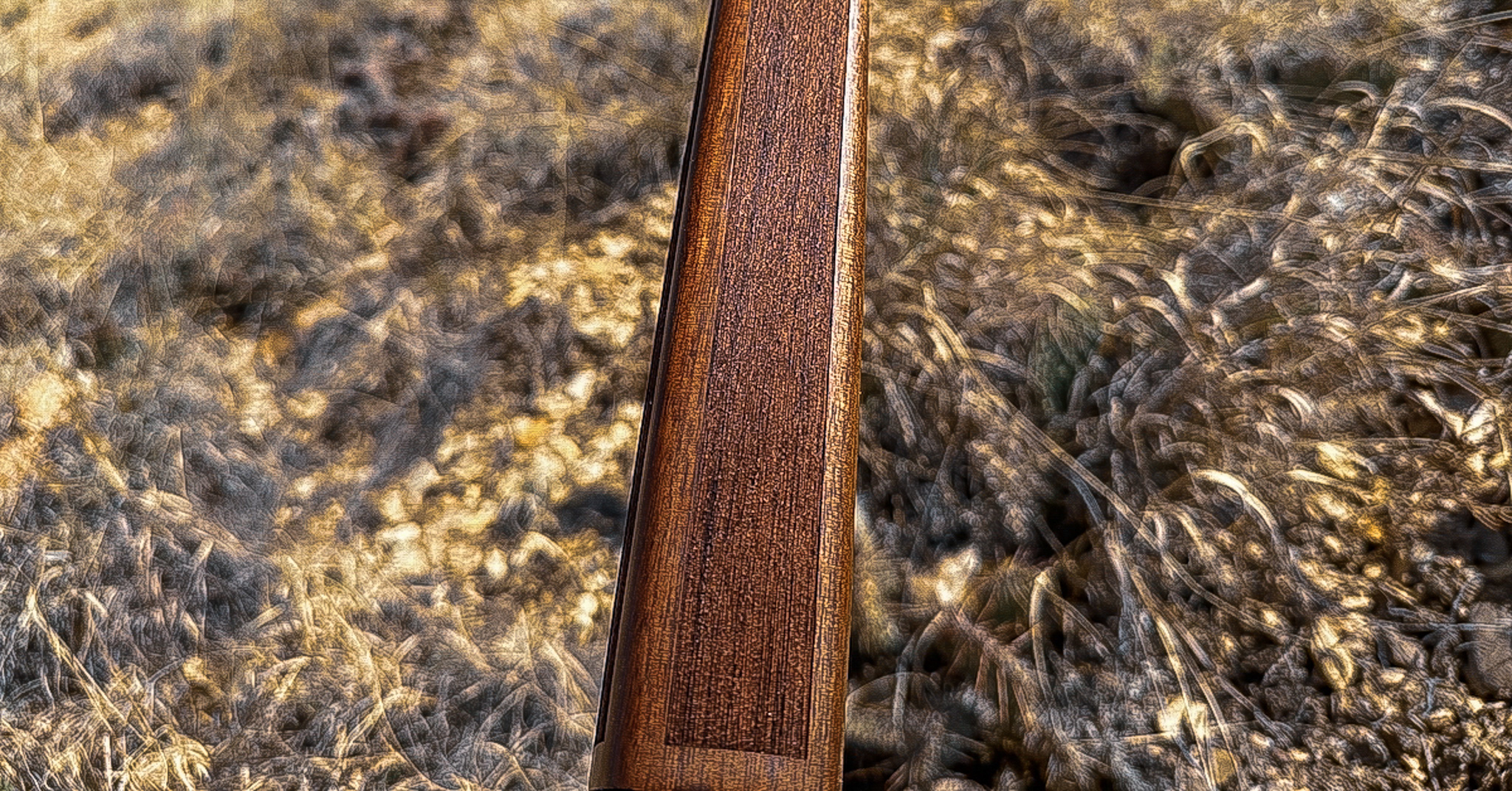
Henry’s design permits the gun to be dry-fired for practice, and I spent some time squeezing the trigger in the backyard. Before doing so, I removed the charging handle from the foam and inserted it (curved portion facing toward the muzzle) into the bolt slot. The trigger is different from what I would define as crisp, but it’s not sloppy. There is some initial creep, but it generally breaks clean.
The slim build of the stock’s grip and the thin, rounded top promote an excellent cheek weld, and the iron sights immediately fall into place via the raised receiver.
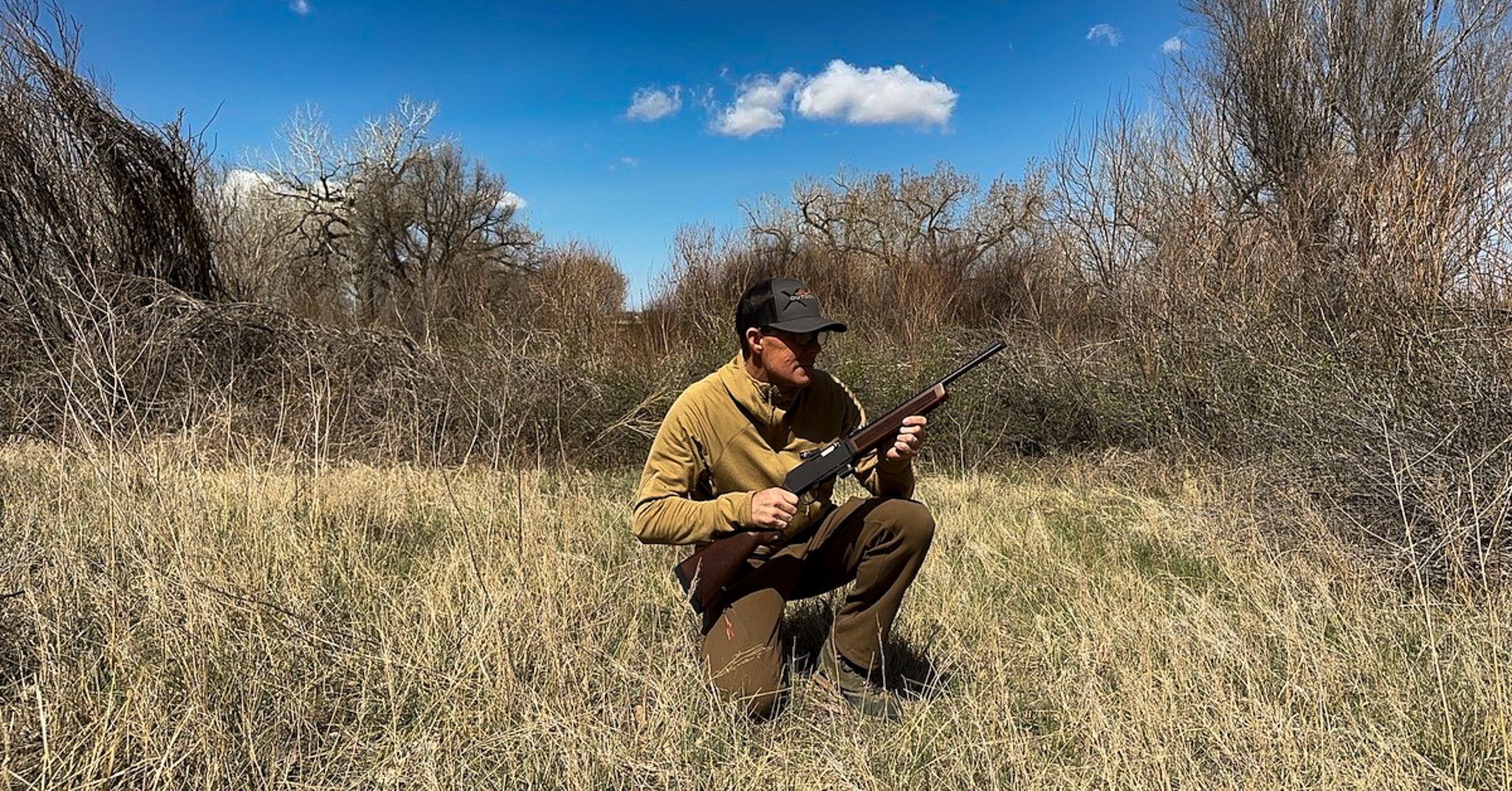
I applaud the dual bolt catch design and love that it sits toward the front of the trigger guard and can be manipulated with either hand. The magazine release button is also placed well — in front of the magazine, so the shooter can quickly dump it with the index finger, slap in a new magazine, and resume shooting. The magazines loaded rapidly and created an audible click once seated. When a magazine, empty or full, is released, be prepared; it shoots out with some force.
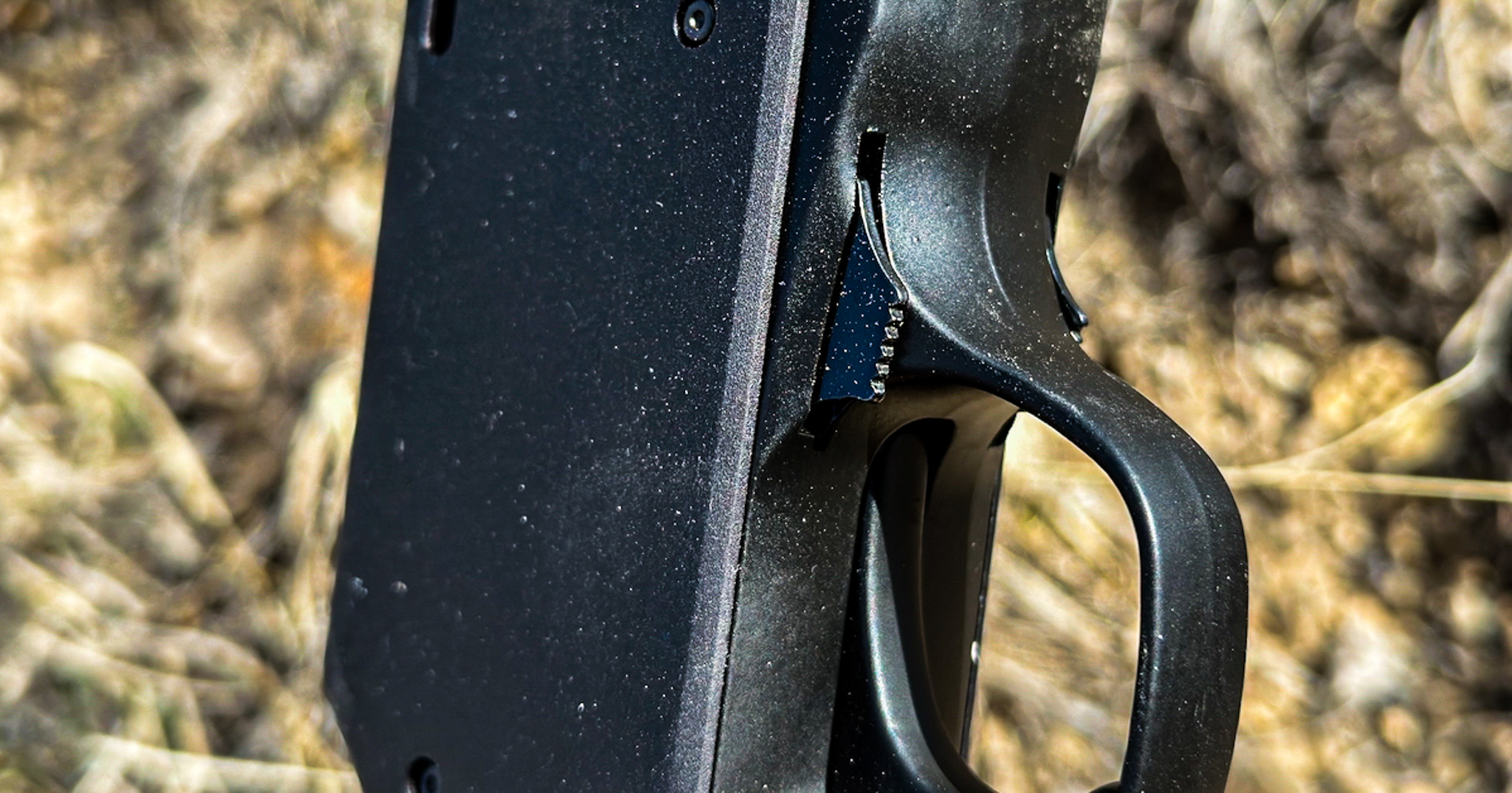
The action slides like butter, and the safety is a top-mounted thumb switch, which, thanks to the narrow grip of the stock, allows the shooter to quickly push the safety forward toward the receiver to make the gun hot. The safety is labeled with an S for safe and a red dot for hot.
The muzzle is threaded for a suppressor, but one was not added for the test. Swivel studs are mounted to the front end of the forearm and back end of the stock.
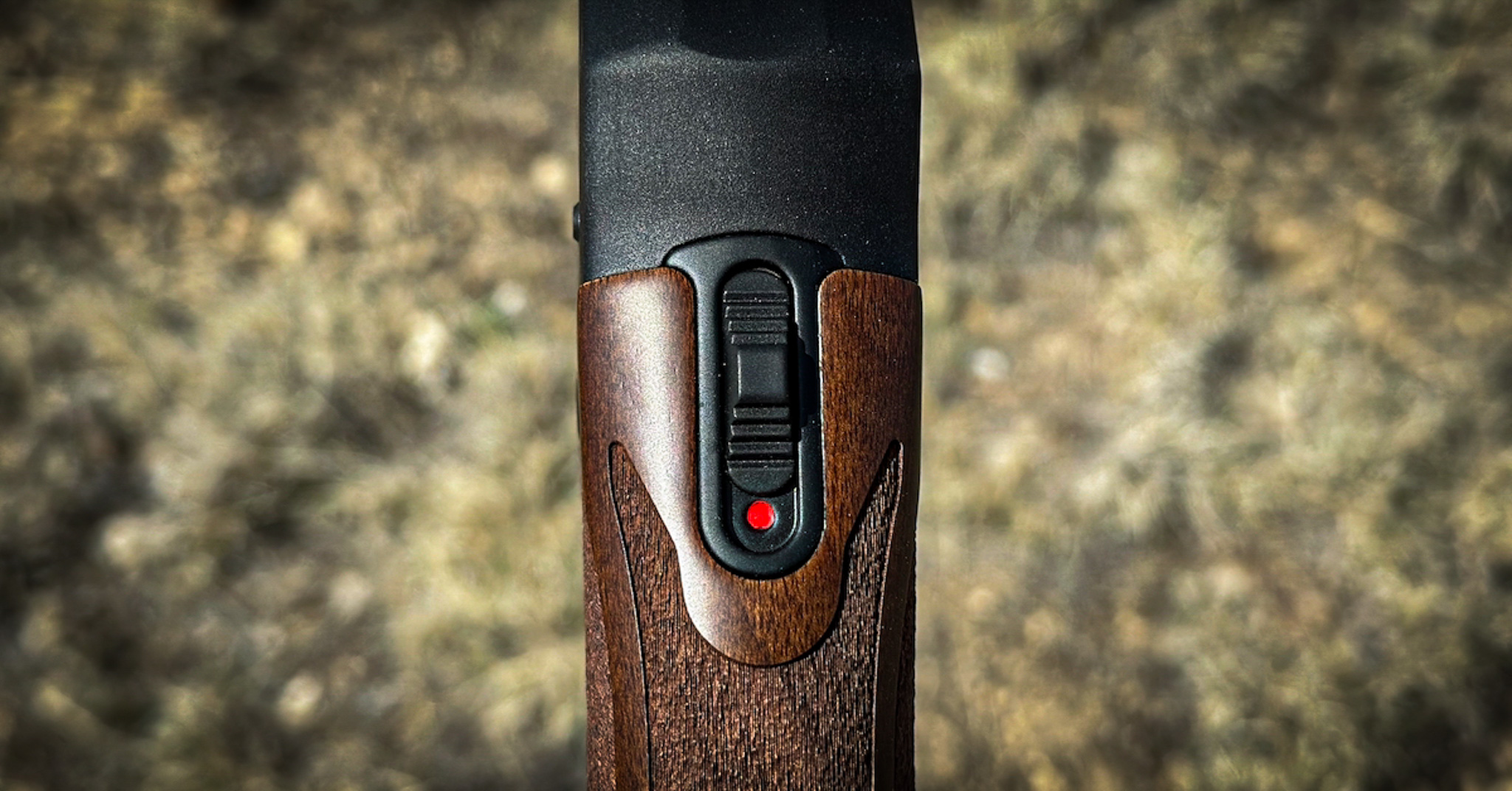
The Dance
It was brilliant for Henry to create a semi-auto carbine-style shooter in the 9mm. The 9mm is arguably the world’s most popular caliber. Ammunition is relatively easy to find, and for this test, I used Fiocchi’s 9mm Luger FMJ Field Dynamics and Hornady’s 9mm Luger Critical Defense.
With the 10-round magazine inserted, I pulled back lightly on the charging handle, and the bolt slid forward, grabbed a round, and seated it into the chamber. I shot a single round and then had to lower the rifle, look at it and smile.
Not only did the Homesteader 9mm produce virtually zero recoil, but it had no barrel jump, and I could stay in my sights. An experienced operator could remain on the trigger and deliver reasonable accuracy with the rifle.
I fired 20 rounds before my 11-year-old son, Brody, took over. And that boy tried melting the barrel down on this shooter for three days. The Homesteader didn’t beat up his shoulder, and Brody had no trouble shooting the rifle accurately. At some points, as young boys will do, he opened the gun up and went through 10 rounds before I could blink. Of course, I never did that.
Collectively, we put 500 rounds through the Henry Homesteader. The simple design of the blowback action relies on expanding gases to cycle the bolt and spent cases fly yards, not feet.
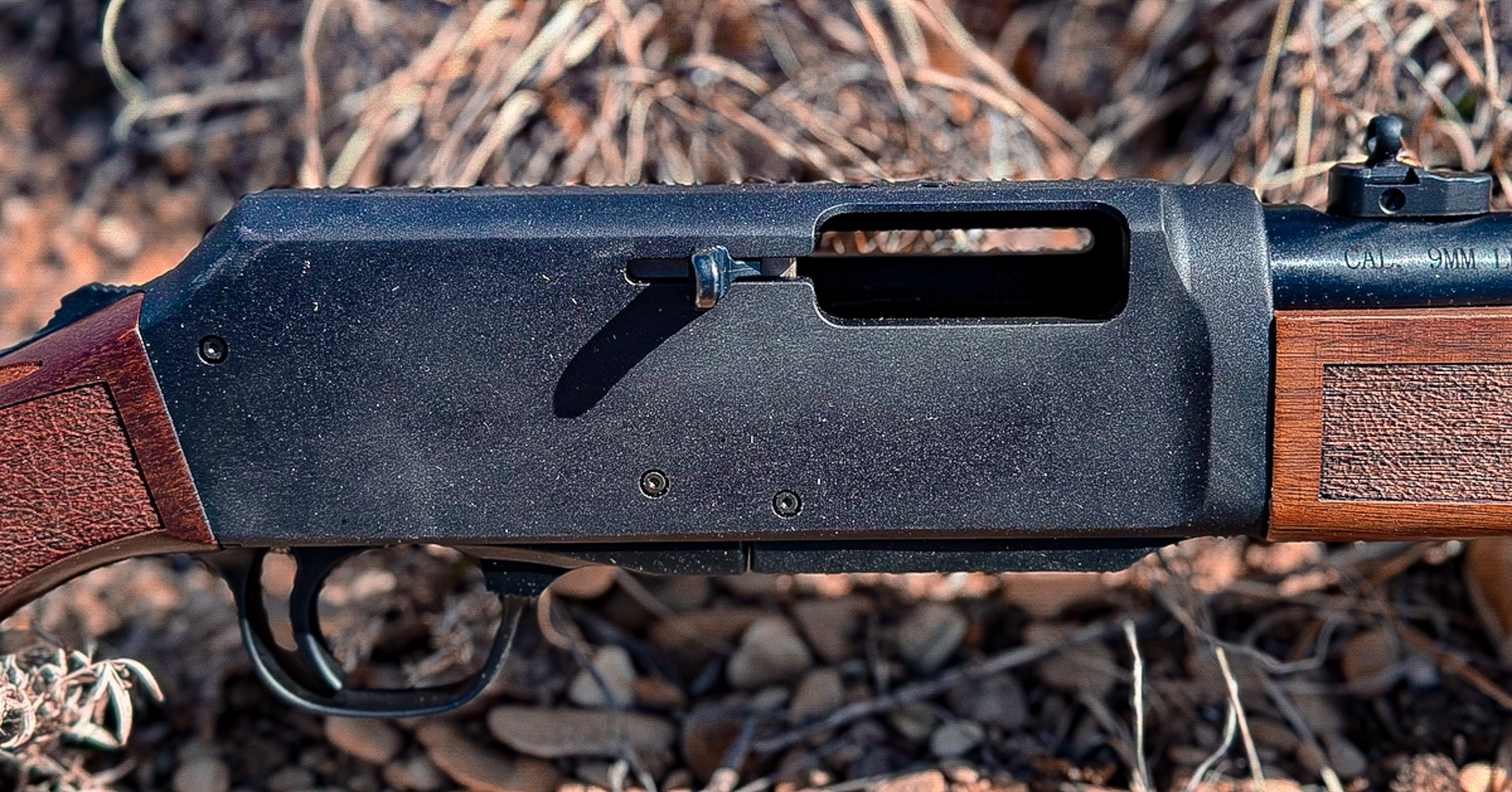
As previously mentioned, the rifle throws down on the target quickly, and the acquisition of the target is fast. After 500 rounds, the Homesteader was reasonably dirty but was still spitting lead accurately and sending cases flying through the air each time the trigger was pulled.
Accuracy
The front iron sight is not moveable, but the rear peep sight allows elevation and windage adjustment. All you need is a small flathead screwdriver. The stem of the aperture is threaded, and by turning it a half-turn per revolution, the point of impact change is approximately 1 inch at 100 yards. For windage, loosen both windage screws on the base of the rear sight. This allows you to manipulate the sight left or right in the dovetail.
Once I got the Homesteader sighted in, accuracy was remarkable at 25 yards. At the longest tested distance of 50 yards, it produced an average 3-shot group of 3.3 inches with Fiocchi’s 115-grain Training Dynamics and 3.6 inches with Hornady’s Critical Defense man-stoppers.
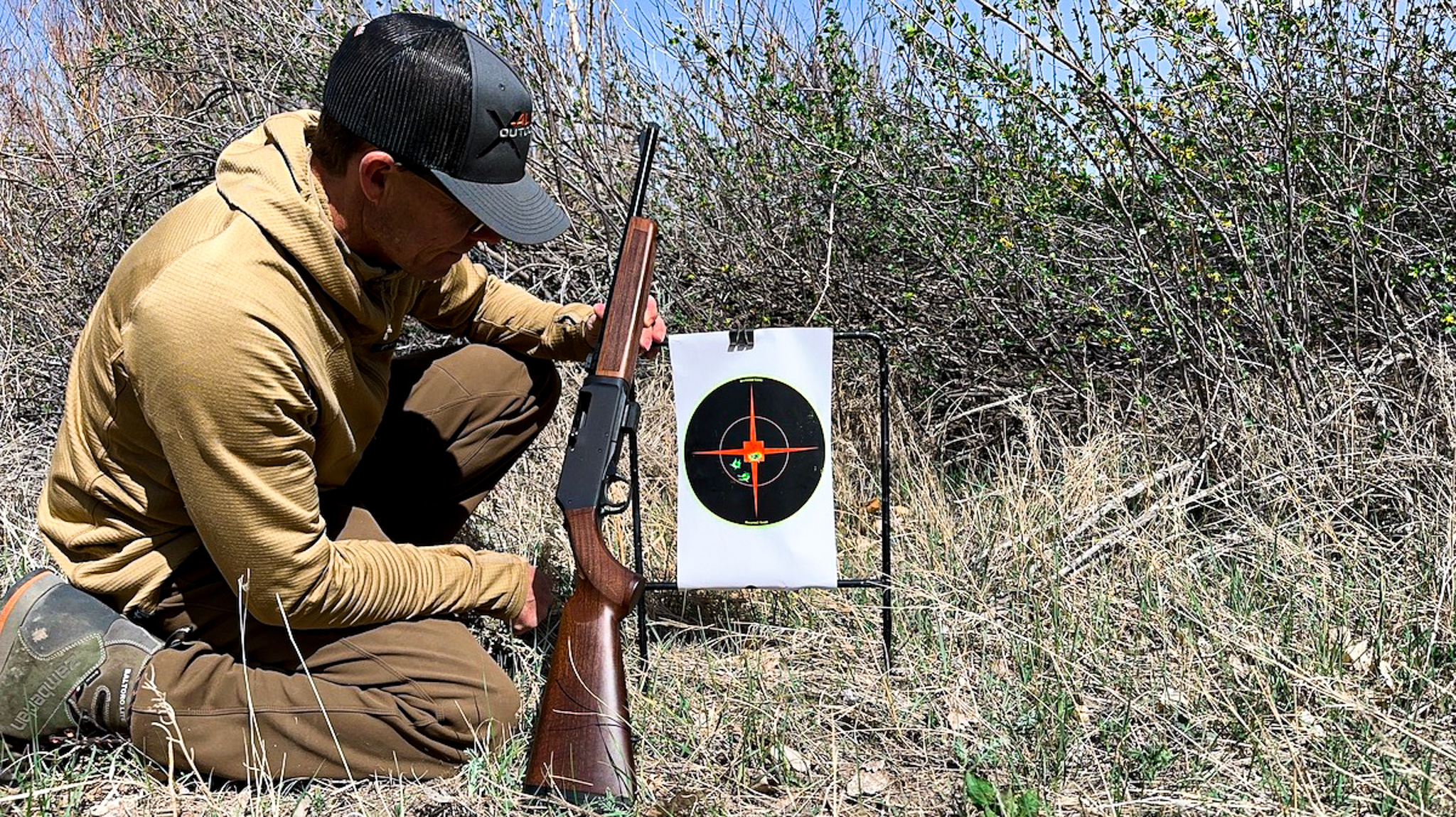
Rugged
Henry didn’t build this rifle to be put in a gun safe and never removed. This shooter is meant to be put to work, and it will make an excellent home defense rifle, saddle gun, plinker, and it looks great riding shotgun as you roll around checking the ranch.
Henry will be getting a check from me, as I plan to purchase this rifle. There is very little about the Homesteader that I don’t like and much that I do. Any frame-sized shooter can fire the rifle, and it’s so much fun to shoot. I can’t remember when my youngest son and I had more fun shooting a gun. The Homesteader doesn’t beat you up, is accurate, and you don’t have to worry about putting a nick or ding in it. Henry crafted this rifle with a blued steel barrel, hard anodized aluminum receiver, and sealed American walnut to make it bulletproof.
Henry Homesteader 9mm Carbine Specifications
- Chamber: 9mm
- Capacity: 10 rounds
- Barrel Length: 16.73 in
- Rate of Twist: 1:10
- Weight: 6.6 lbs.
- Receiver Finish: hard-anodized black
- Rear Sight: adjustable aperture
- Front Sight: screw-on post
- Scope Mount: drilled and tapped
- Scope Mount Type: Weaver 63B
- Stock Material: American walnut
- Buttplate/Pad: rubber
- Length of Pull: 14 in.
- Safety: top-mounted thumb switch
- MSRP: $928




